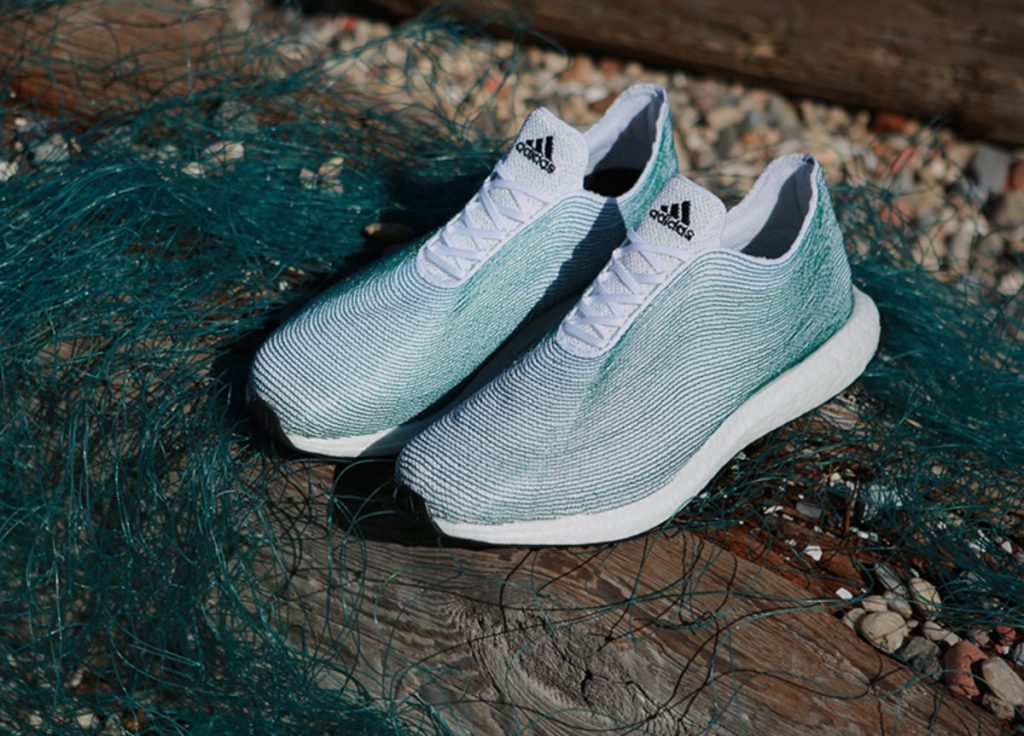
If you’ve ever wondered how Adidas shoes are made, you’ve come to the right place. This article will give you an insider’s perspective on the manufacturing process, including cold cement construction, upcycled materials, and Futurecraft Loop production. Learn more about how Adidas shoes are made below. And be sure to check out my other articles, too. You’ll be surprised by how many innovative innovations we see daily!
Manufacturing units of Adidas
Until recently, the manufacturing process for sneaker brands was essentially unchanged. But the rise of social media and e-commerce have accelerated fashion cycles and taught shoppers to expect quick turnarounds on new products. To keep pace with these new demands, Adidas has begun testing several ideas to make operations faster and more flexible. As a result, they have integrated practically every trend currently transforming the supply chain. But what does the future hold for Adidas?
Today, Adidas manufactures shoes in 69 countries around the world. Its factories are spread throughout Europe and Asia. In Asia, manufacturing units are located in China, Bangladesh, Cambodia, Costa Rica, El Salvador, India, Mexico, Poland, Romania, and the UK. It is spread across many nations, including Germany, Austria, Canada, Italy, and Sweden. But there are also factories in Japan, China, Kazakhstan, Lesotho, Mexico, Poland, and Slovenia.
In the past, Adidas only produced shoes and apparel. Today, it has everything from sneakers and running shoes to bags and accessories. The company now designs slide-style sandals, mobile accessories, eyewear, baseball caps, bags, and even socks. The company has a branded line of men’s and women’s deodorants, lotions, and aftershave. Regardless of the material, Adidas shoes are known for being comfortable, durable, and aesthetically appealing. The brand has over 1,000 manufacturing units worldwide.
In 1924, the Dassler brothers began manufacturing sportswear in their mother’s laundry room in Herzogenaurach, Germany. The company gained worldwide fame after Jesse Owens wore Dassler shoes during the 1936 Berlin Olympics. This success led to an expansion of the company’s business and the introduction of the iconic three-stripe logo. Dassler Brothers Shoe Factory was the company’s first official factory. In 1936, the company received worldwide fame after US sprinter Jesse Owens used the shoes.
Adidas’s Speedfactories will soon be able to replenish stores in Western Europe and the US. With this, the company will no longer need to produce vast volumes of inventory to keep up with demand. This means that Adidas can make styles and sizes rapidly and efficiently. In addition, it won’t have to worry about stocks in its global stores. This will also help the company’s reputation. And the future of this business is bright.
Cold cement construction
The classic vulcanized construction of Adidas shoes is no longer used. Cold cement construction uses a different technique. Adidas shoes are made in China. These shoes are cured using solvents instead of water. The result is a lightweight, flexible shoe with a soft feel. The Adidas X-Lab is one example of this construction. The Yeezy and Adidas Ultra Boost are two more. Here is a closer look at both types of materials.
The traditional process for making shoes involves molding leather to a wooden last. Many modern technologies have changed this method and use various materials and techniques to make shoes. The first step in construction is to attach the insole to the underside of the last. Following this step is the process of lasting and bottoming. However, cold cement construction requires no oven to bond the upper to the sole unit. Instead, the upper is attached to the sole unit using PU cement (polyurethane cement).
An outsole unit is a separate unit made of rubber or EVA foam—cold cementing works by attaching the sole unit to the upper using a special PU cement. PU cement is available in two forms – water massed and solvent-based. The cement is then dried using a heat tunnel. After the glue dries, the parts are pressed together using a hydraulic ram. The process is similar to the manufacturing process used for traditional shoes.
Adidas has partnered with Parley for the Oceans to reduce the company’s environmental footprint. In 2018, they prevented 2,800 tons of plastic from entering the ocean. By 2019, they plan to produce 11 million pairs of shoes with recycled marine waste. To create Ocean Plastic, Adidas breaks down PET bottles. Then, the PET flakes are cut into small resin pellets. These resin pellets are spun into Ocean Plastic, which replaces virgin polyester. The Parley collection contains at least 75% recycled plastic.
Upcycled materials
In its quest for sustainable footwear, Adidas is working to create an eco-friendly shoe using upcycled materials. Adidas began by creating a prototype shoe, which was released last summer. These shoes are constructed from recycled materials and feature a thermoplastic polyurethane (TPU) sole and upper. These recycled materials include 16.5 water bottles and 13 grams of plastic from fishing nets. Although the material is recognizable as recycled, Adidas uses a new process to retain its integrity.
The company partnered with Sea Shepherd to create the sneakers by upcycling fishing debris. This plastic debris is then recycled into fibers used to make Adidas sports shoes. It also helps clean up oceans. These shoes are made of 100% recycled materials, making them both ecological and functional. The company plans to launch a range of sustainable footwear using the materials it has already collected. The shoes are also part of a more extensive program to raise awareness about the state of the oceans.
The brand’s sustainability campaign received positive press coverage this spring. But the claim that Adidas uses upcycled materials was questioned, prompting the French advertising watchdog to investigate. The company has pledged to use recycled materials only by 2024. Moreover, it has committed to using recycled polyester only in its sneakers. This commitment, coupled with its commitment to using recycled content, has prompted the company to reconsider its marketing messaging.
Futurecraft Loop is another initiative from Adidas to promote circular production models. It is made of one recyclable material, but it is fused without glue, making recycling easier. The company has completed testing with 200 athletes and continues to refine the technology. As a result, it is working towards a sustainable future by releasing a sustainability bond. So far, Adidas is making a significant impact on the environment.
The company has already recycled beach plastics for four years and is planning to make even more of its footwear from them. Last year, it produced more than five million pairs of shoes made from recycled plastic waste. By 2020, it plans to incorporate upcycled plastic waste into at least eleven million pairs of shoes. Besides recycled plastic waste, Adidas has also created recycled football jerseys. The company’s commitment to recycling plastics has significantly boosted the environment, and the fashion industry can only benefit from such a move.
Production of Futurecraft Loop
The Adidas Futurecraft Loop is a new running shoe. The production process is different than traditional manufacturing. The Adidas Speedfactory in Atlanta, Georgia, assembles the shoe in China. The company has spent decades researching the best way to produce the shoe without glue. The new production process ensures that the shoes have the proper shape and weight and will be lightweight yet sturdy. The Futurecraft Loop is expected to be available in 2021.
The shoe is 100% recyclable. It can be broken down to create more shoes, and the materials used for the production process can be recycled again. The company is beta testing the Adidas Futurecraft Loop, which is expected to hit the mass market in the spring or summer of 2021. While the company is still developing this innovative new product, it is making significant strides in making the world a greener place. The company is committed to making the Futurecraft Loop an environmentally good shoe.
Another significant innovation in the Adidas Futurecraft Loop is its use of recycled materials. The company has pledged to only use recycled plastics in producing this shoe by 2024. The production process also includes a high-tech manufacturing facility that produces recyclable plastics from recycled waste. The Adidas Futurecraft Loop is made of thermoplastic polyurethane, a plastic material that covers the upper, tongue, and midsole. This project has been in the works for over six years and is expected to make a big difference in the future’s environmental impact of hundreds of thousands of shoes.
The production process of the Adidas Futurecraft 4D shoes involves many raw materials, including reclaimed plastics and petroleum. The synthetic and natural fibers are spun into a fabric by thermoplastic fused yarns. Eventually, they are knitted together to form the upper of the shoe. In addition, the sole of the shoe is made with 3D printing technology. This technology uses light and programmable liquid resins. The shoe box is made from recycled paper, and the packaging is recyclable.

